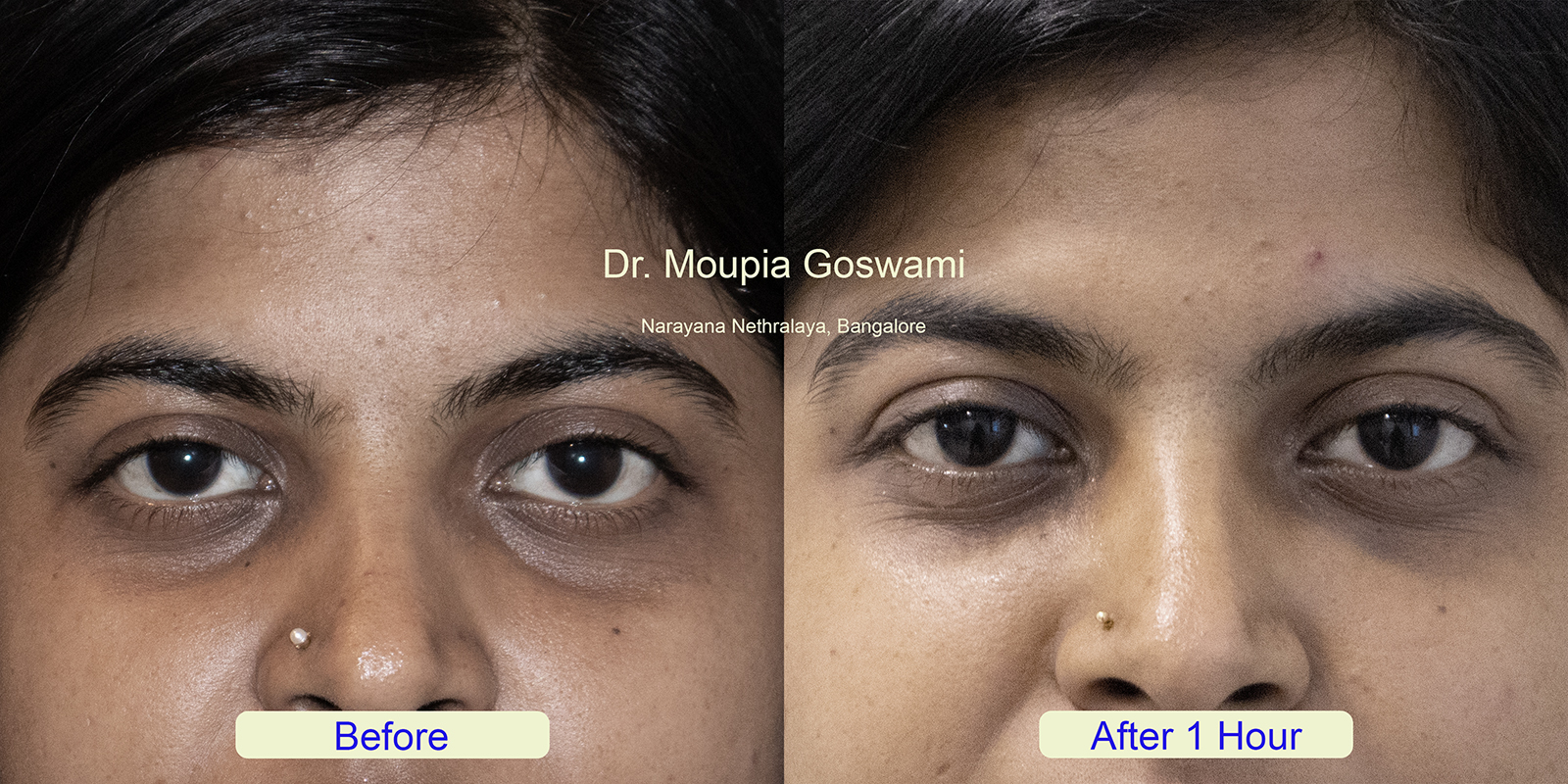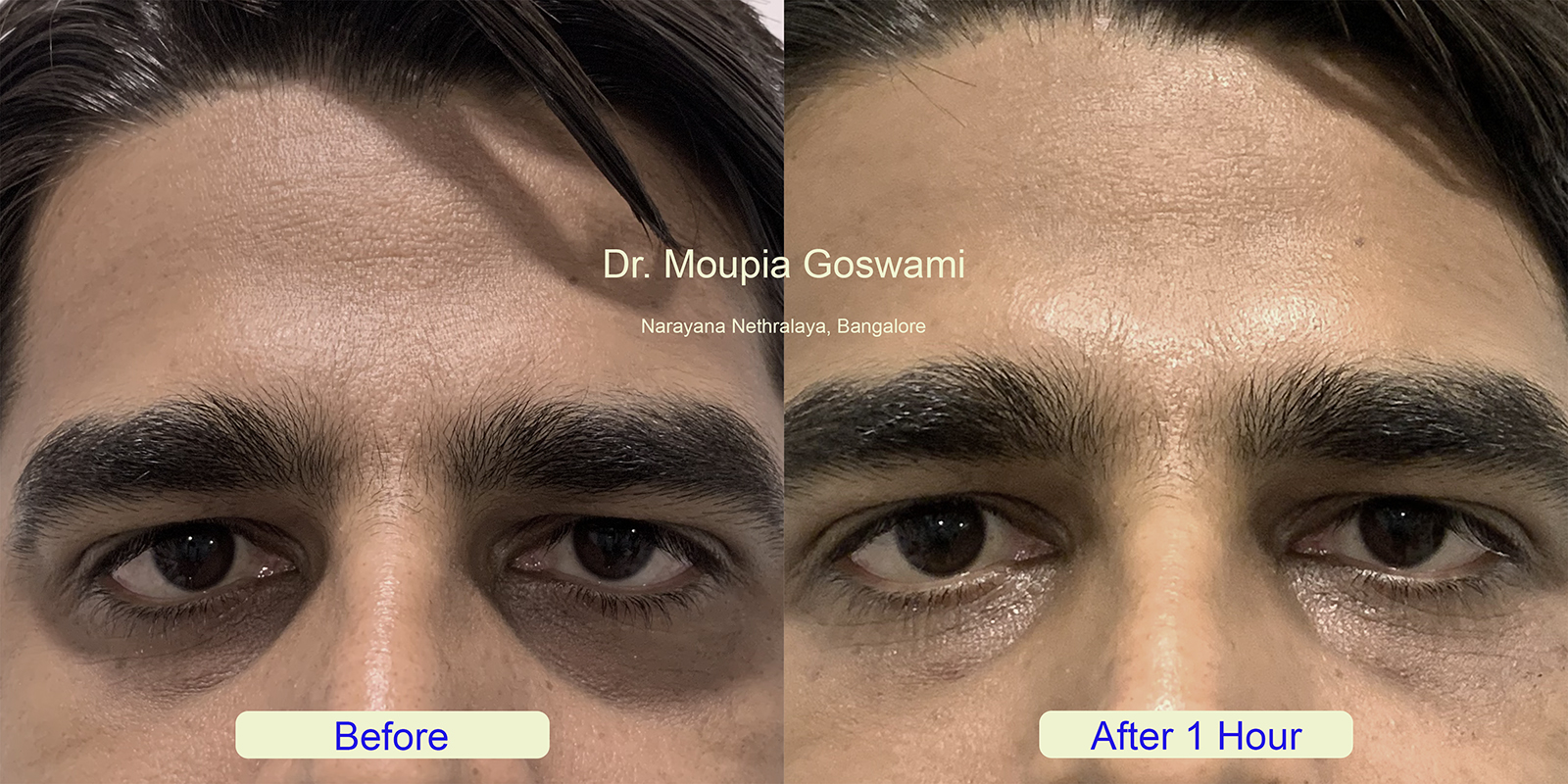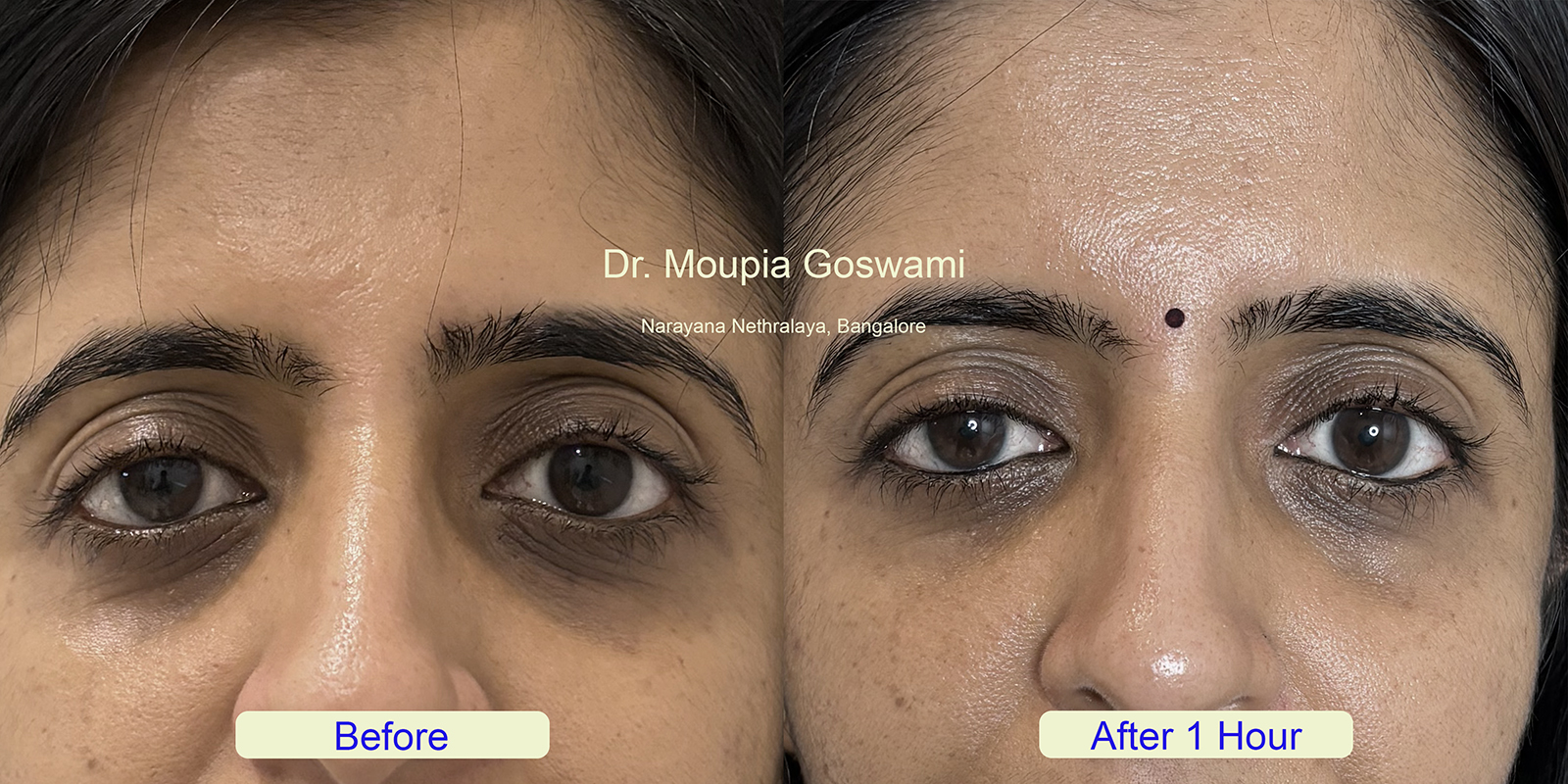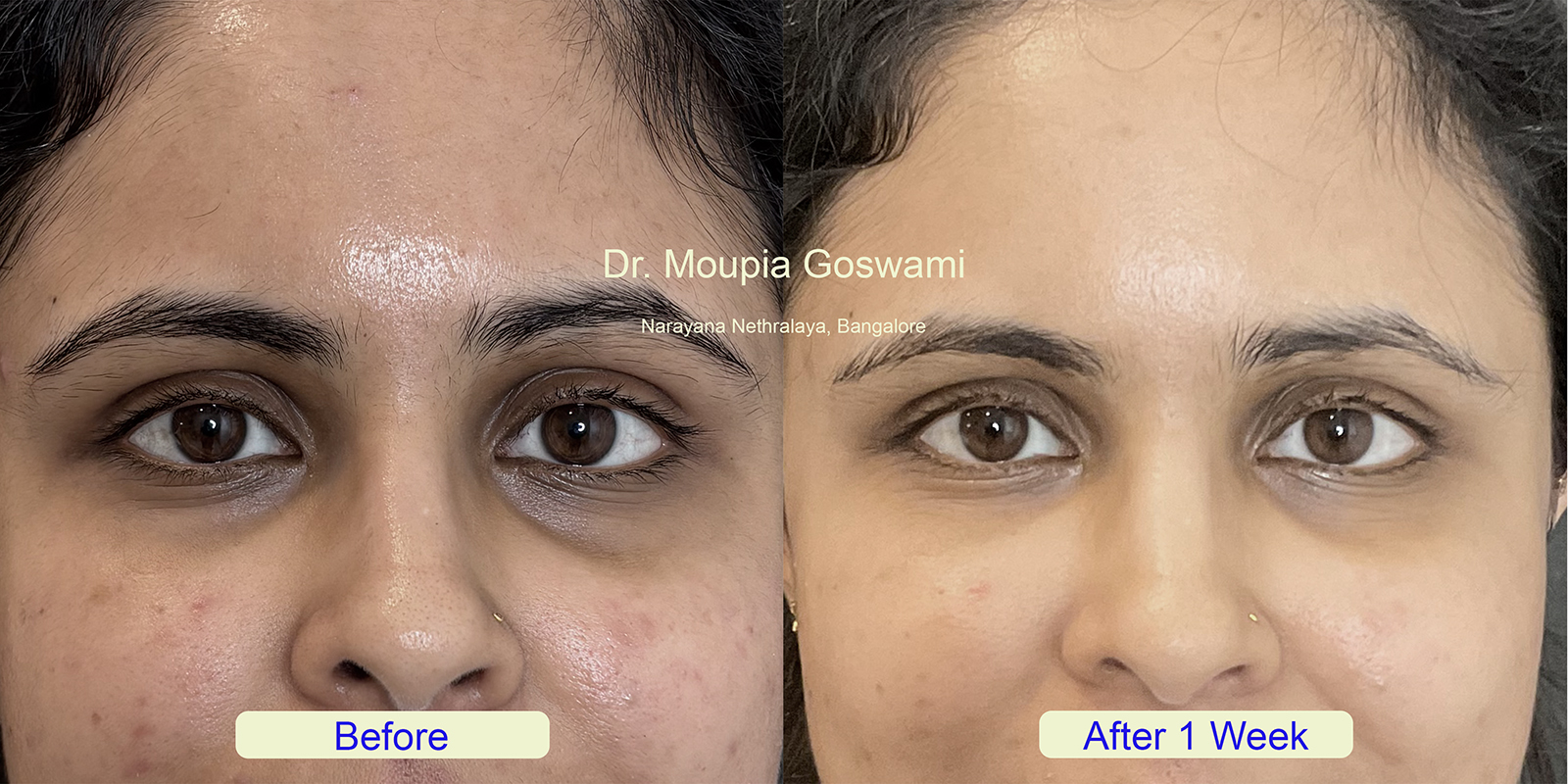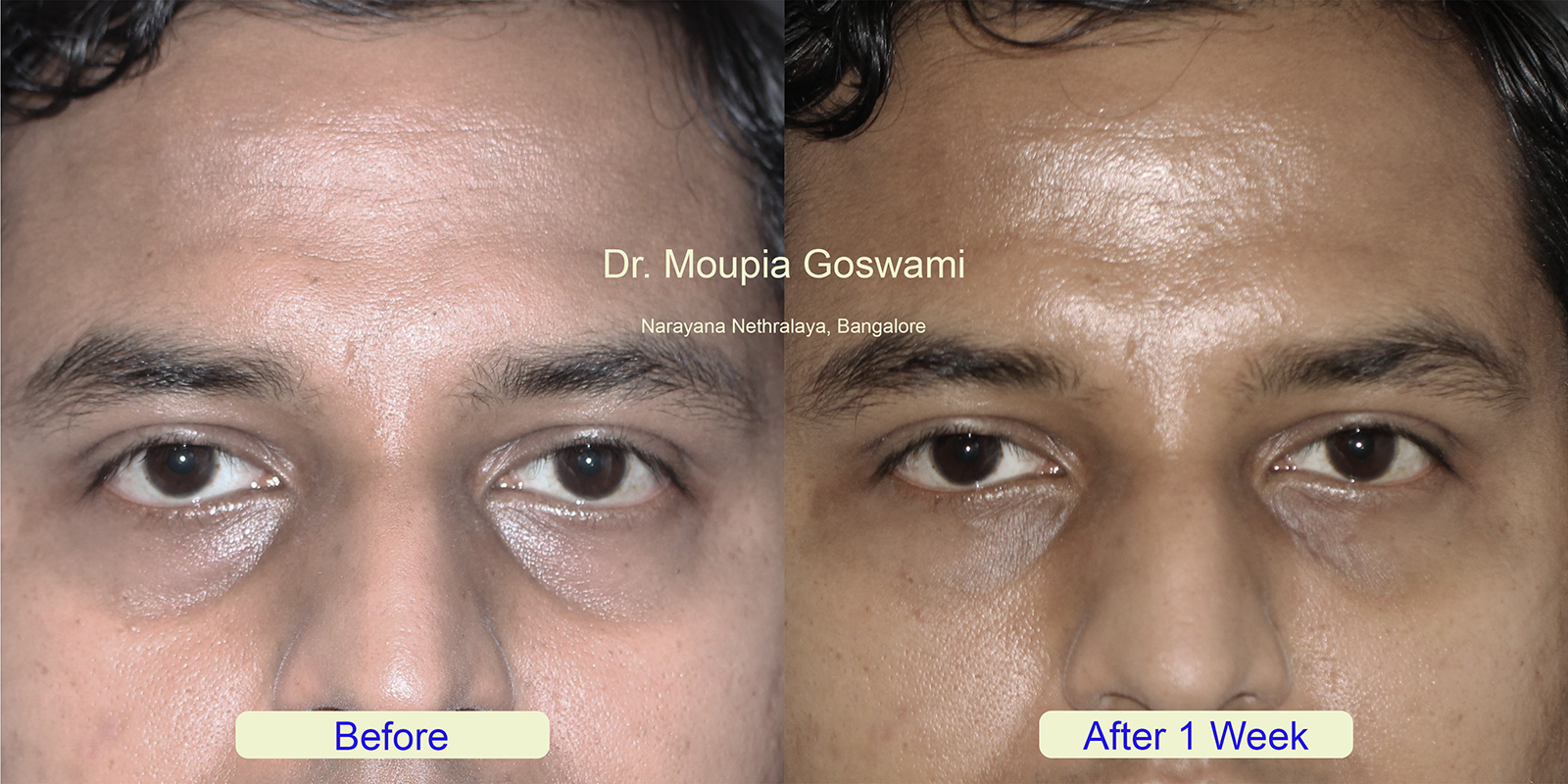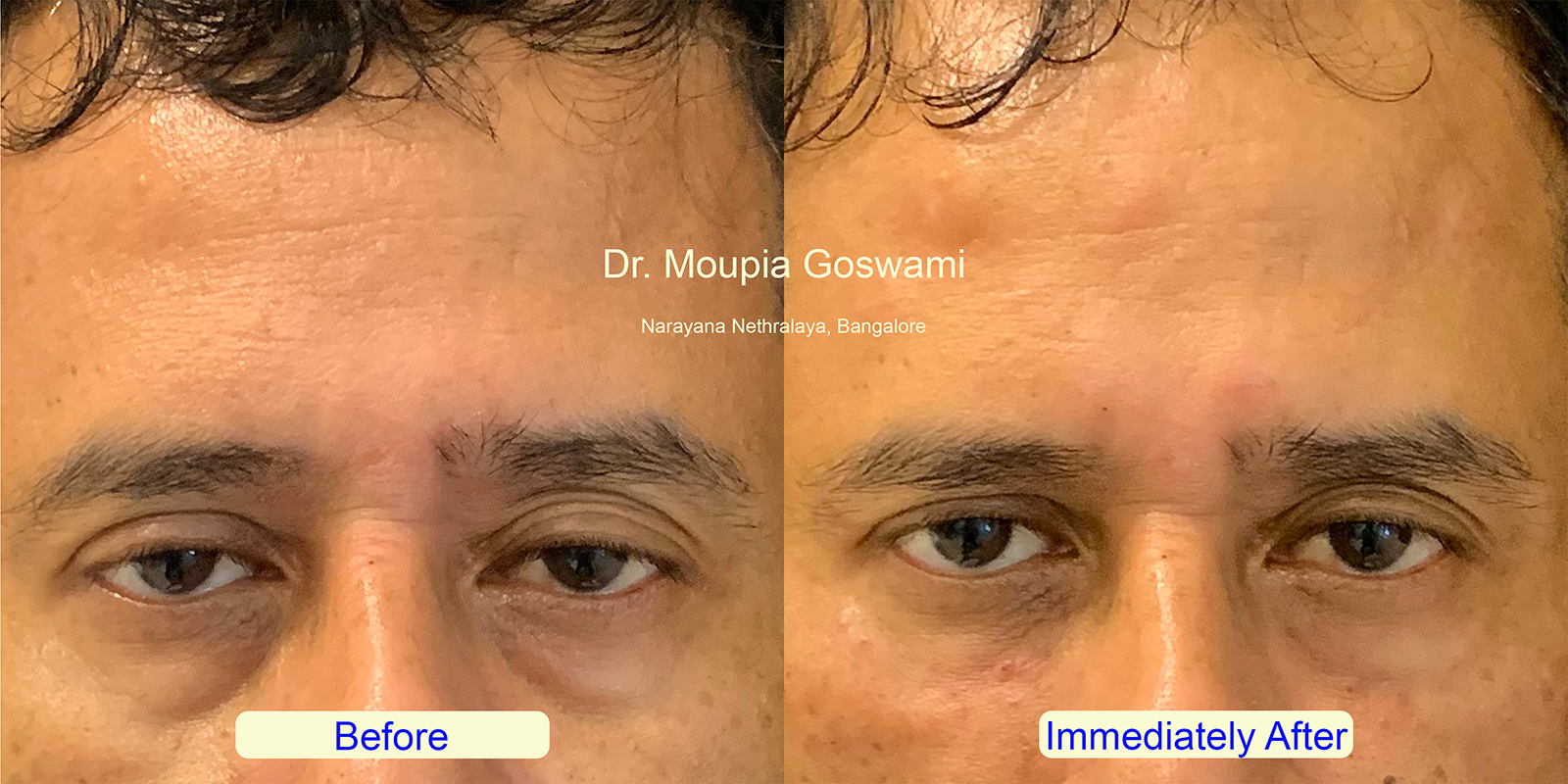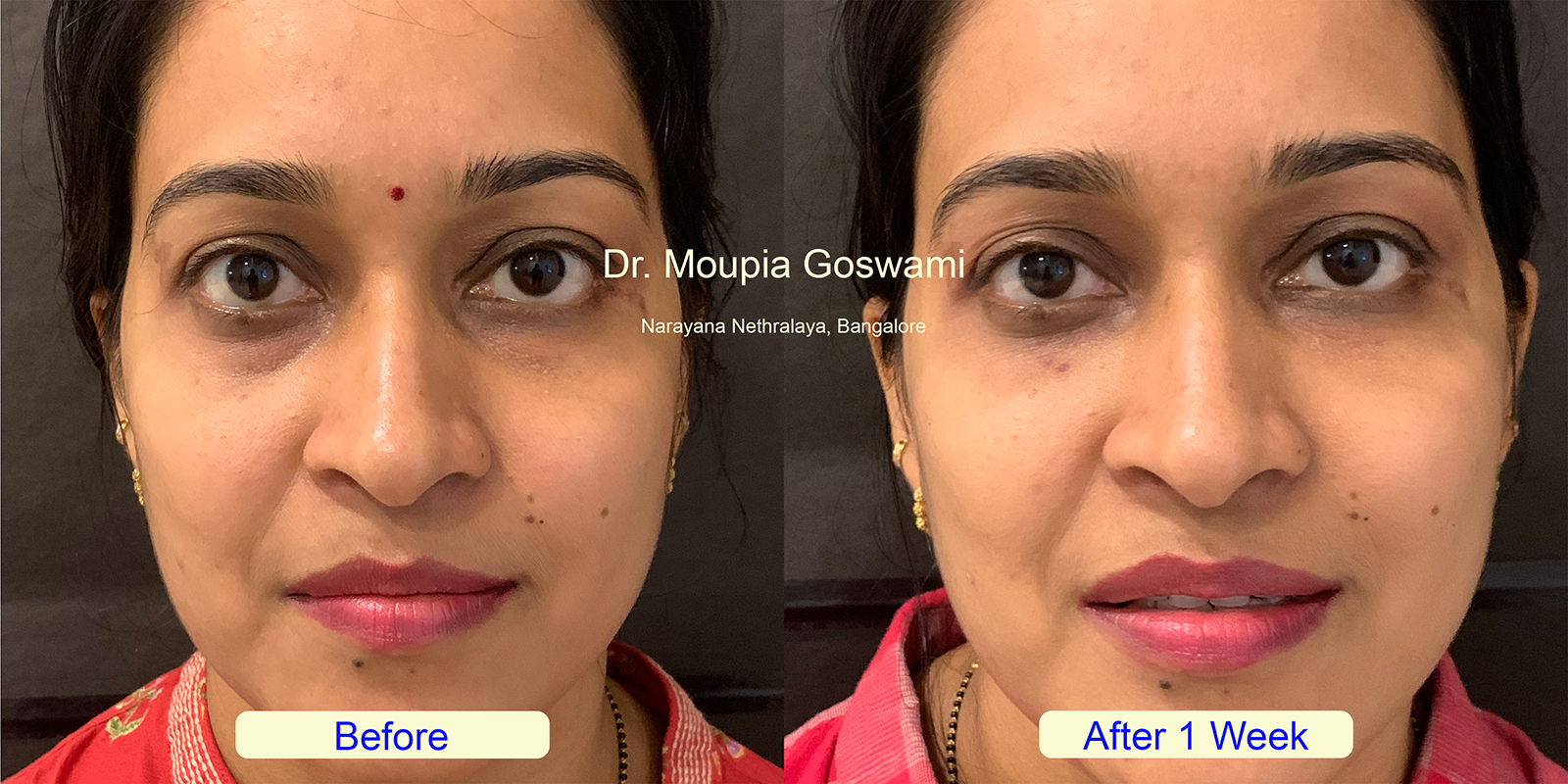Dermal fillers are non-surgical cosmetic treatments used to restore volume, smooth wrinkles, and enhance facial contours. These injectables are typically made from substances like hyaluronic acid, which is naturally present in the skin and helps maintain hydration and elasticity. Common treatment areas include the lips, cheeks, under-eye hollows, and jawline, making dermal fillers an effective option for achieving a more youthful and refreshed appearance.
The procedure is minimally invasive, quick, and delivers immediate results with little to no downtime. Dermal fillers are highly versatile and can be tailored to suit each individual’s unique facial features and aesthetic preferences. While the results are temporary, they can last anywhere from several months to over a year, depending on the filler type and treatment area. Dermal fillers provide a safe and effective solution for those seeking subtle, natural-looking rejuvenation without the need for surgery.
